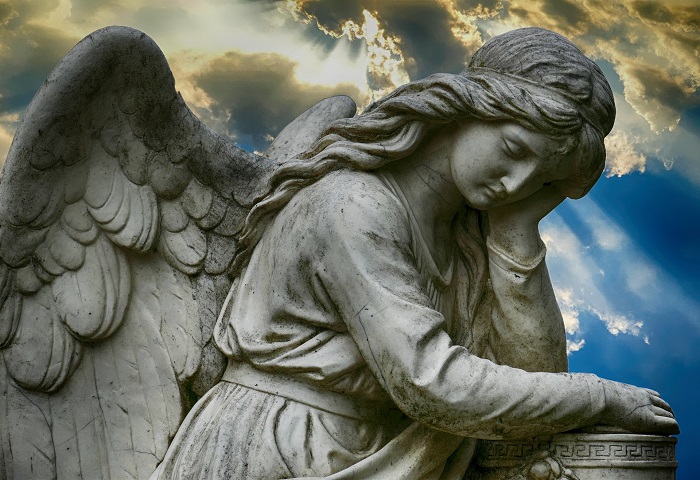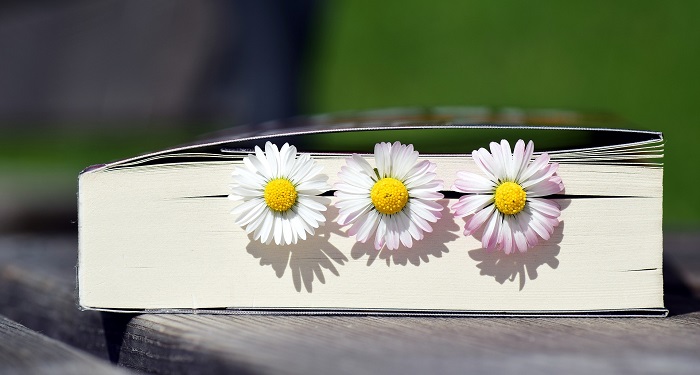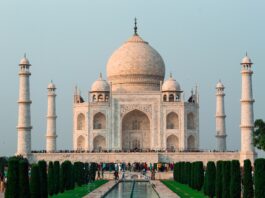The silver lining of still being stranded at home during the global catastrophe is the perfect opportunity to curl up with a decent novel, especially the one that encourages you to see the universe from new diverse situations.
Well, it’s the end of May now, and customarily most new year resolutions are forgotten max by the end of January, which is why you must stay calm and motivated to get yourself going.
Below are some recommendations based on what my peers and faculties at Lovely professional University suggested while self-isolating at home.
(1). “The Plague,” which Albert Camus wrote:
“The Plague” is among the well-executed books based on themes of infectious illness, and several professors are currently reading it.
M. Camus is a genius in Defoe-style storytelling. He culminates numerous human inclinations toward the scourge against the backdrop of the apocalypse, exacerbated by sparks of personal contemplation. He alienates individuals from their private life altogether and whacks them into an obscure condition.

In the story, the plague transforms into a form of intricate research facility for examining how people feel about themselves. The priest’s response in the story, in which it is initially used as retribution by the Divine towards the wickedness in human life.
This novel is quite descriptive in articulating what it sounds like to be in a world that a plague has ravaged, as well as what it feels like to be quarantined. It illustrates how important it is to maintain our morality, humanity, compassion, and a sense of attachment to others in moments when too much is on the line.”
(2). “The Stoic Challenge,” which William B. Irvine wrote:
It’s the ultimate clarion call for troubling times like the ones we’re in, but it also gives you confidence that a stoic perspective on life will help.
It’s a realistic, upbeat roadmap drawn from centuries of experience to help us deal better with the humdrum life.
Some folks bounce back from humiliating defeats, while others fall. We always assume that these answers are pre-programmed, but this is not the case. Stoicism gives us a different outlook. Philosopher William B. Irvine shows us how to transform any dilemma inside the head by tapping into the insights of one of pagan Rome’s most influential and prosperous schools of thought. The Stoic Challenge, then, is the definitive guide to enhancing your quality of life using ancient Stoic techniques created by Marcus Aurelius, Seneca, and Epictetus.
The critical point is that negative stuff in life should be seen as an obstacle to solve rather than a crisis to bear.
(3). “A Jewish Refugee in New York,” which Kadya Molodovsky wrote:
It narrates the tale of a 20-year-old Jewish woman who eventually arrives in New York City soon after the Nazis’ perpetrated victimization on Poland, her birthplace. She must adapt to the new style of life in the United States. She’s struggling to stay alive and move on, but she’s frequently irritated at how folks in the United States seem to understand or worry about the Eastern European regime.

It gives an insider glimpse at the day-to-day lives of New York’s massive immigrant Jewish population. By depicting one woman’s experiences as a Jewish immigrant in the United States during World War II, it draws attention to the socioeconomic, geopolitical, and cultural tensions at that time inside the regime.

(4). “Untamed,” which Glennon Doyle wrote:
It’s a glimpse at how we might achieve pleasure, joy, and harmony as we avoid bending to fulfill social demands.
It’s a metaphor for how society patriarchally tamed women from birth. “Untamed” is all about the story of a woman, how she was enslaved by internalized prejudice, social dogma, and bigotry, as well as an eating disorder that began in her early teens, alcoholism, and forced marriage.
The plot throws out a lot of messages about fortitude and liberation. The definition of equality is significant in this memoir, but the words “liberty” and “fraternity” have broader connotations than women’s patriarchal experiences.
(5). “The Decameron,” which Giovanni Boccacio wrote:
It’s a compilation of 100 tales from 14th-century Italy, told by a band of seven females and three males who are hiding together, living at home! In a mansion in the outskirts of Florence to survive the Black Death.

The themes of the tales are arranged playfully from one plot to the next, all within an exquisite and polished setting. The Canterbury Tales is one of them, and it magnificently blends the basic elements of narrative: destiny and desire, mayhems, and swift thinking.
The tales are all “beautiful,” with others being “comic,” “heartbreaking,” “ludicrous,” and “mystical.”




